2012 Karuna's Mewar Tour
The wonderful marble arts and crafts at Delwara Temples still were in my mind, when we approached Nathdwara. Now my view on the so-called marble route from Nathdwara to Amet in a distance of 55km had changed. My mind was busy with marble and I asked myself what marble is, apart from being a 100% nature product from a mountain. But how came it into being? Wikipedia says,
“Marble is a metaphoric rock composed of recrystallized carbonate minerals, most commonly calcite or dolomite. Geologists use the term "marble" to refer to metamorphosed limestone; however stonemasons use the term more broadly to encompass unmetamorphosed limestone. Marble is commonly used for sculpture and as a building material…
...The word itself derives from the Greek, meaning crystalline rock, shining stone.”
On the website of a German marble company I got the information that the first to process marble were the Greek, using it for temples, other cult buildings, and sculptures depicting Gods or their attendants. Marble industry is one of the oldest industries on the planet, requiring qualified skilled workers since its origins. The workers handed over their knowledge on material and its processing over several generations to refine the technique. In the course of time the tools became more and more sophisticated. That’s why marble stands not only for the tradition of qualified human labour supported by challenging tools. Marble stands also for a process of social learning lasting over several generations. In the areas where the raw material had to be cut and processed, the commitment to such tradition even lasted when the labour itself temporarily came to a halt. Sometimes the halt took up to four generations before employment restarted.
Processing of raw material and application of appropriate machines instead of human and animal assignment implicated much broader dimensions than I had imagined by first impression, although the same was the initial motivation to get deeper into the subject. The process of changing a heavy marble rock without much form and design into a meticulously molded object of art, when i.e. decorating a celestial landscape in a temple with incredibly fine garlands, attracts certainly not only my admiration and respect. Admiration for the results of human refinement in processing, respect for the intelligence to find out how to effectively transport such heavy burden as were and still are marble rocks.
In ancient times, pack animals like elephants were helpful. But how those managed knowing elephants only as living beings either described in fairy tales or not knowing anything on them at all? Many, many interesting questions and stories are connected with marble. Not to mention the mythical tales entwined around marble sculptures or temple inhabitants. Some part of this nimbus had reached even me when I suddenly faced Lord Parshvanath in standing position in a corner where not much light arrived, depicted in a sculpture made of black marble at Delwara Adinath Temple. My pleading for permission to take His photo remained unheard. But, can a photo transport the feelings when standing face to face to such a beautiful Pratima, representing those unutterable spheres of human existence where all enlightenment and spiritual uplifting refers to?
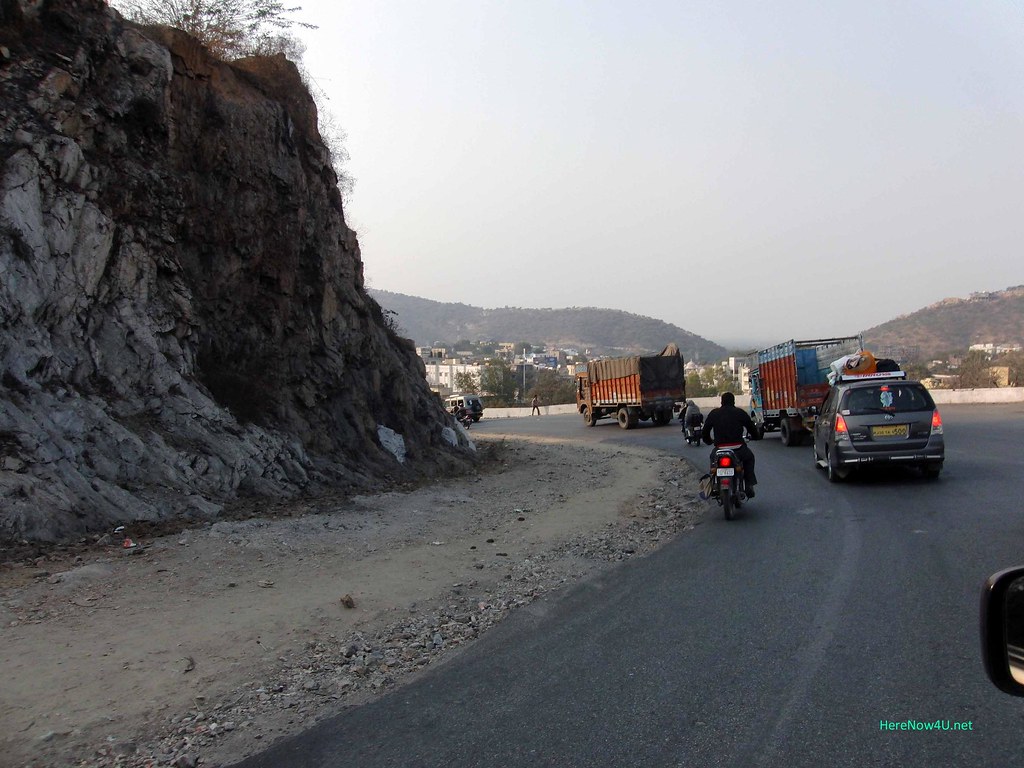 After the turn lies Nathdwara City
After the turn lies Nathdwara City
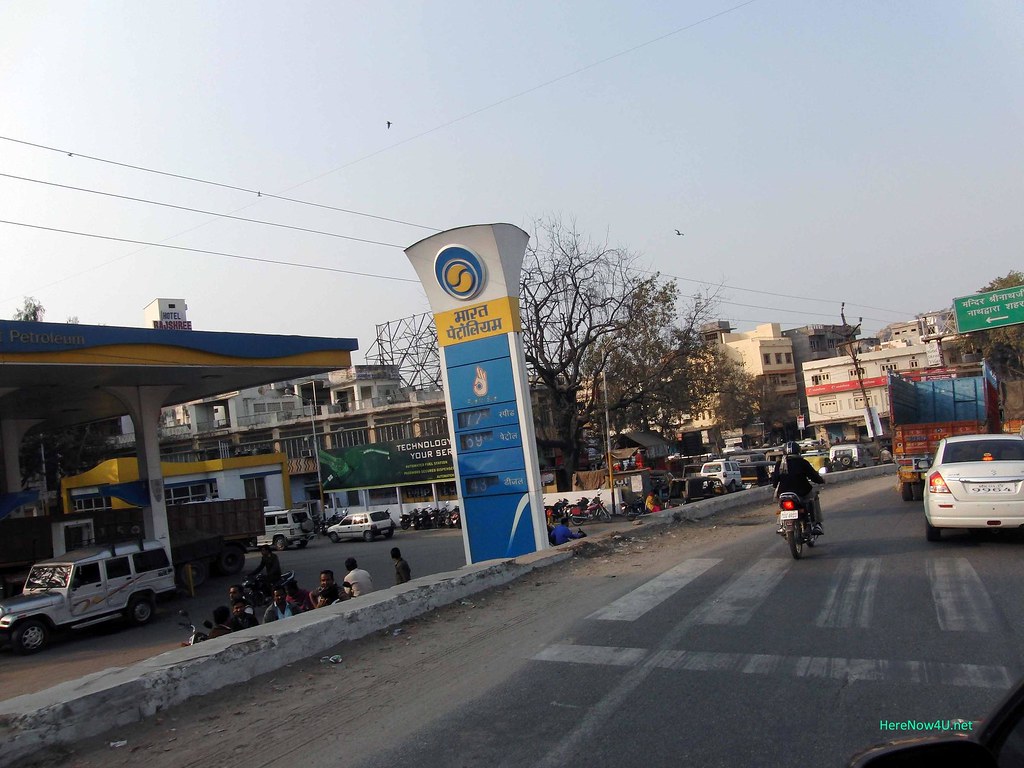 Entry to Nathdwara
Entry to Nathdwara

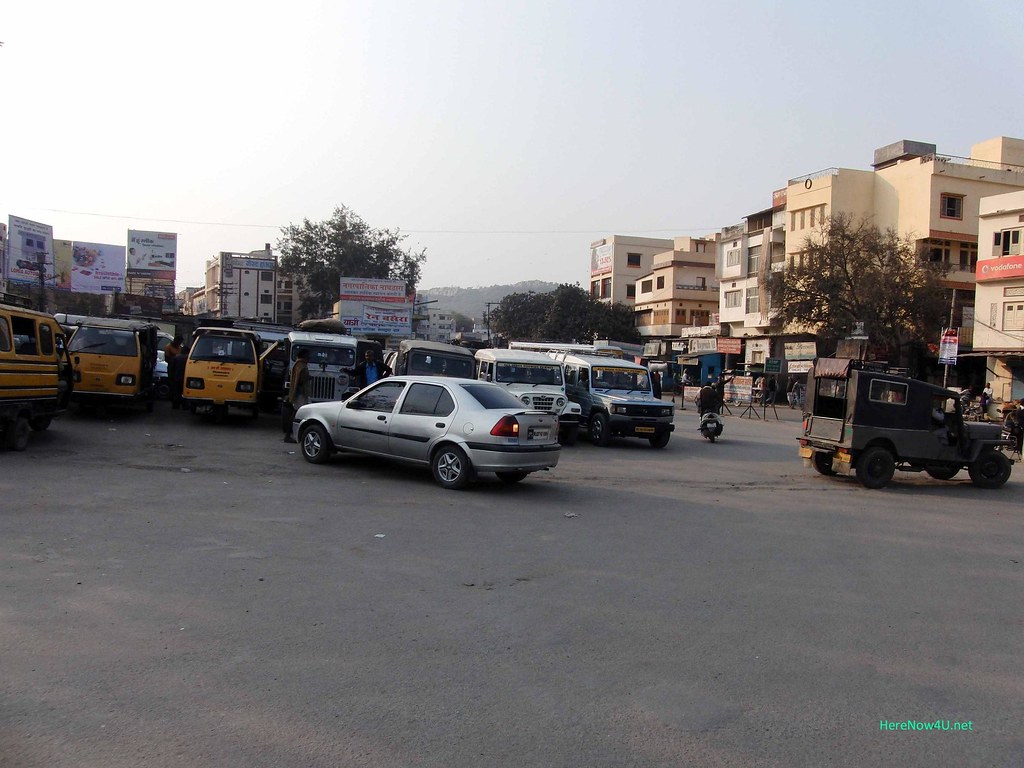 Central bus- & taxi station of Nathdwara
Central bus- & taxi station of Nathdwara

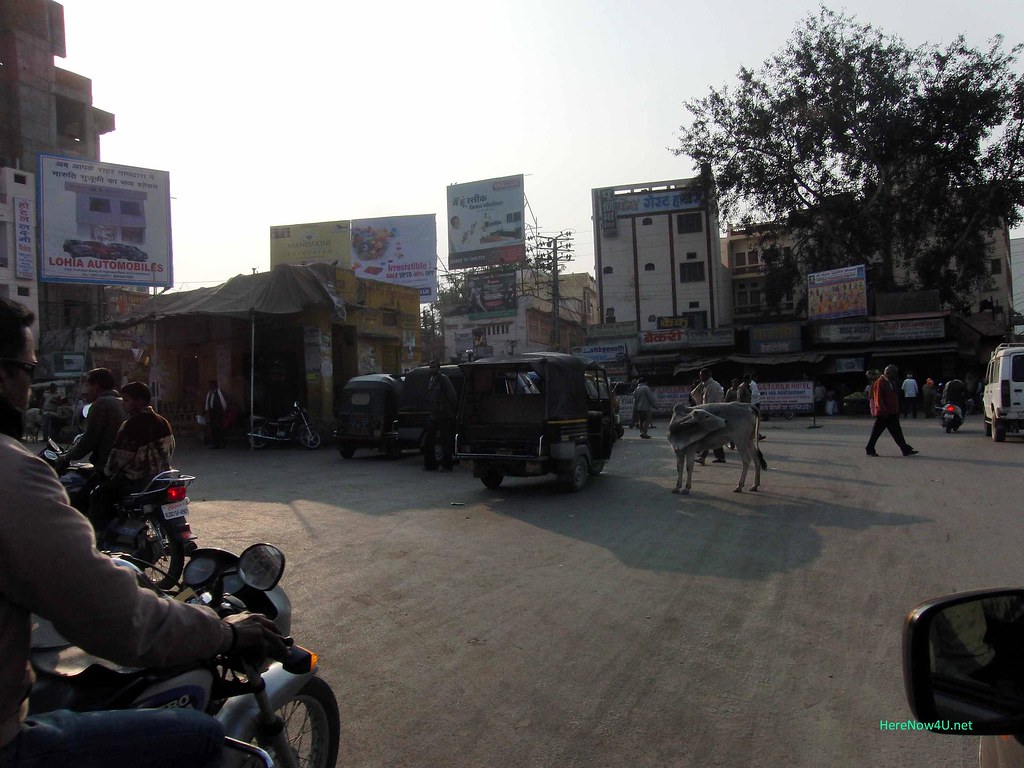

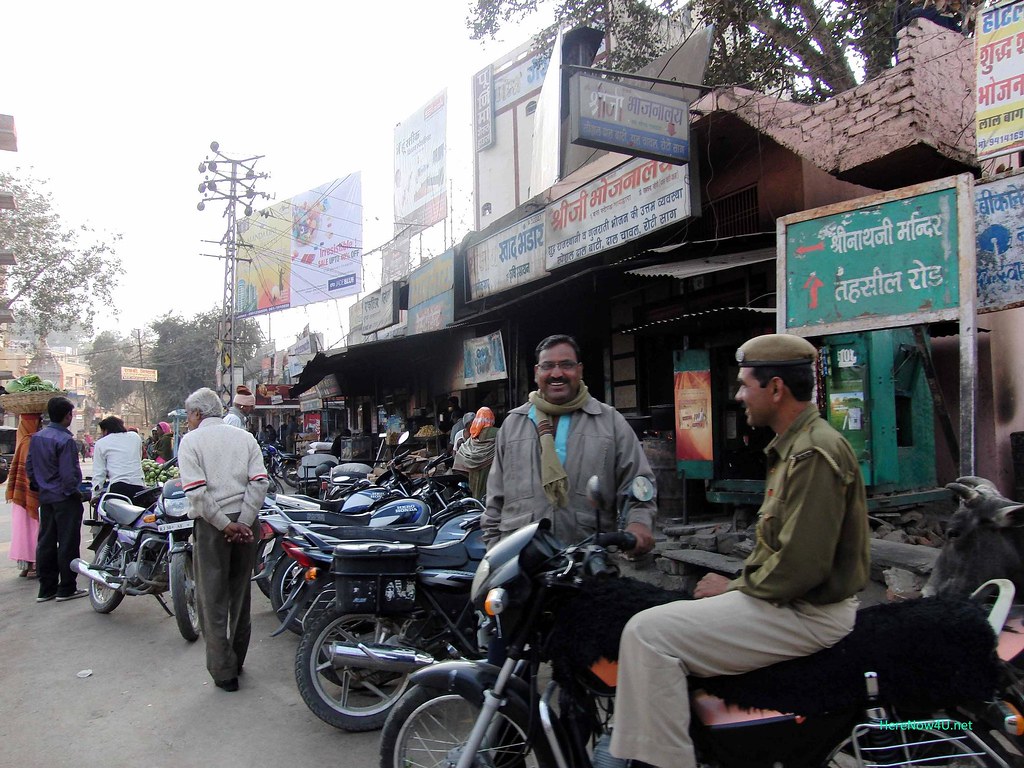 Central place is also meeting point
Central place is also meeting point
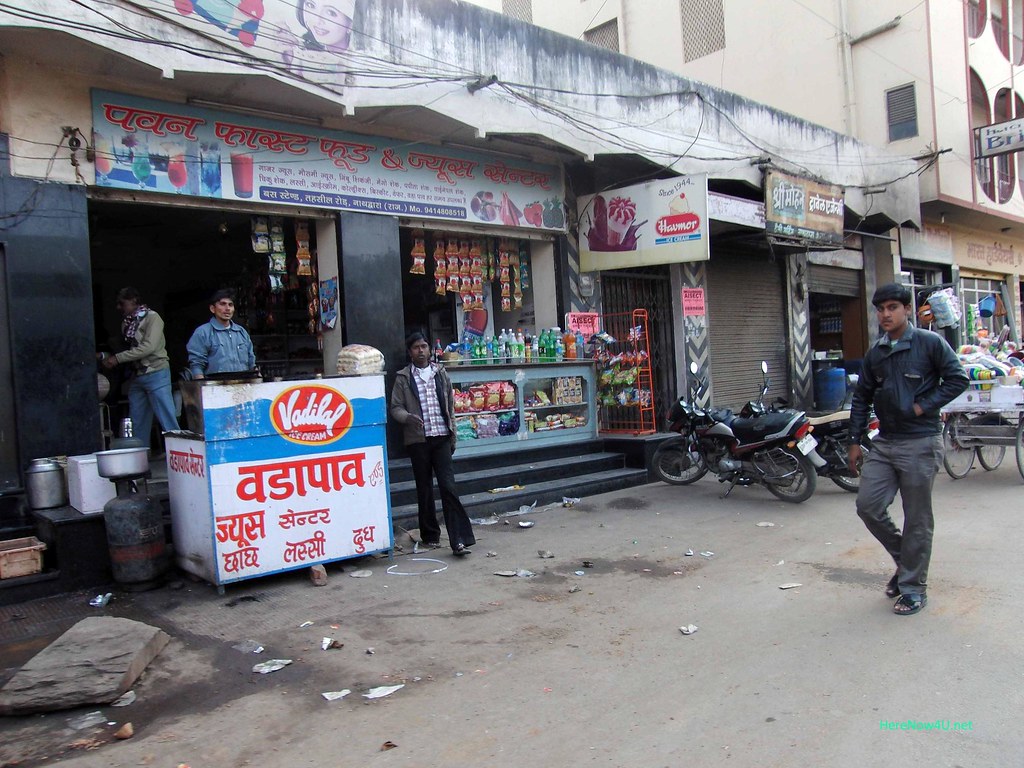 Street view
Street view

 Shops
Shops
 Central place humming with activity
Central place humming with activity
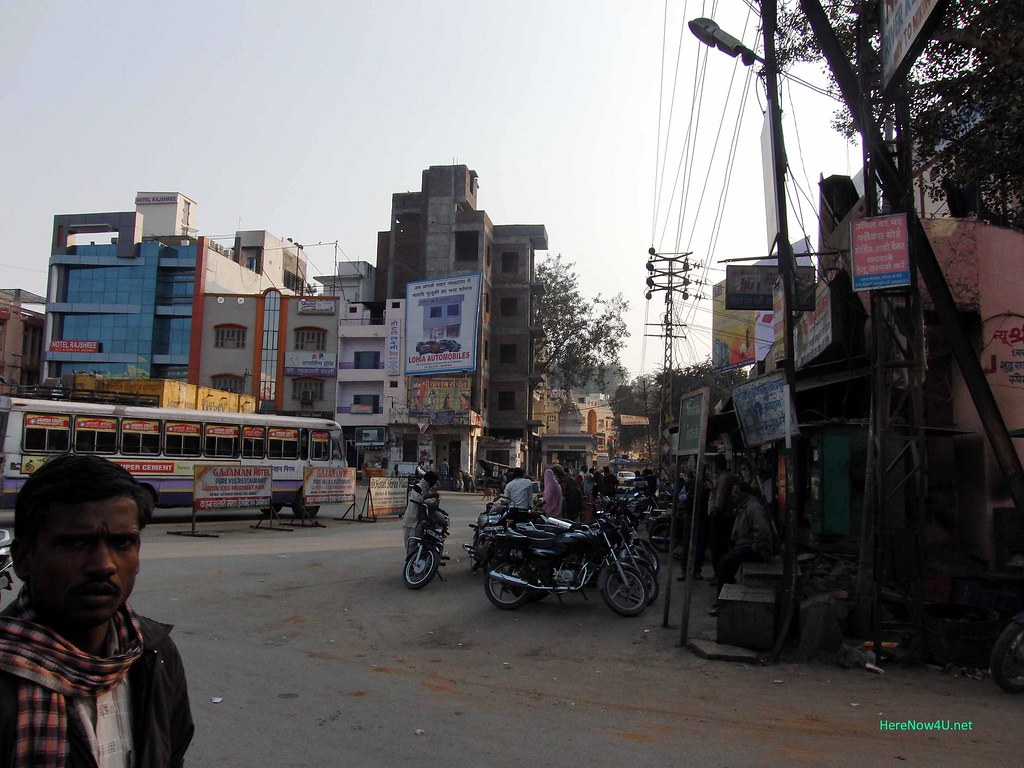
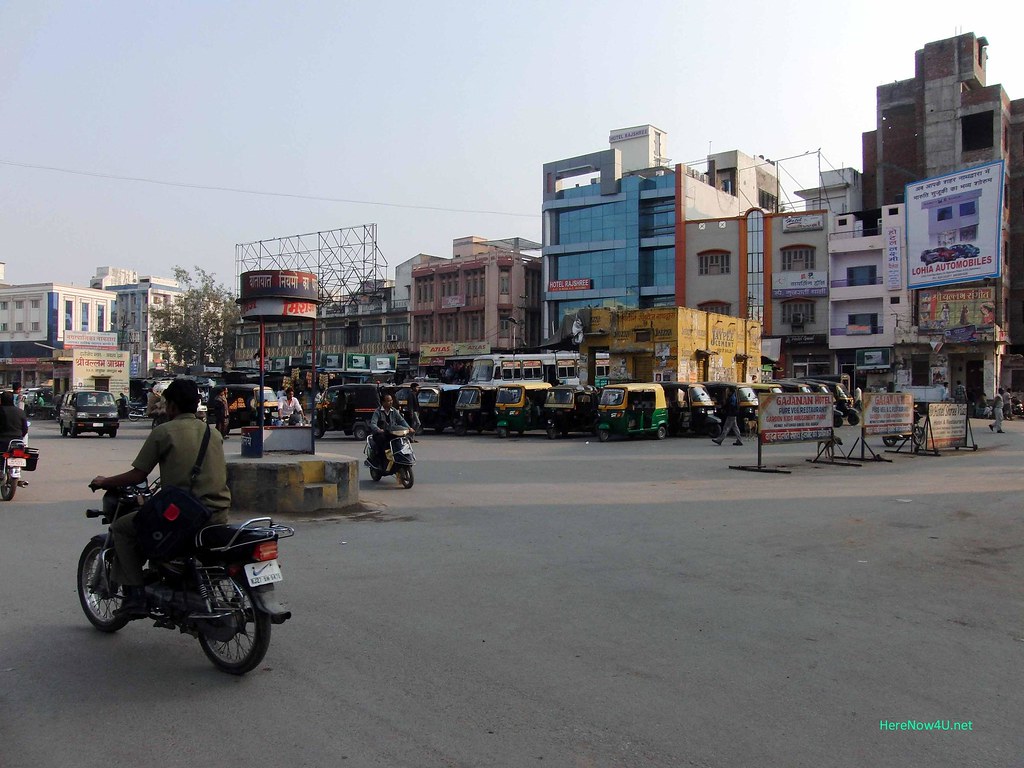
 Very kind & sympathetic Nathdwara merchant
Very kind & sympathetic Nathdwara merchant
 Rajput who finally kindly agreed to be photographed
Rajput who finally kindly agreed to be photographed
 ...and again marble processing, all the way from Nathdwra to Amet, 55km!
...and again marble processing, all the way from Nathdwra to Amet, 55km!
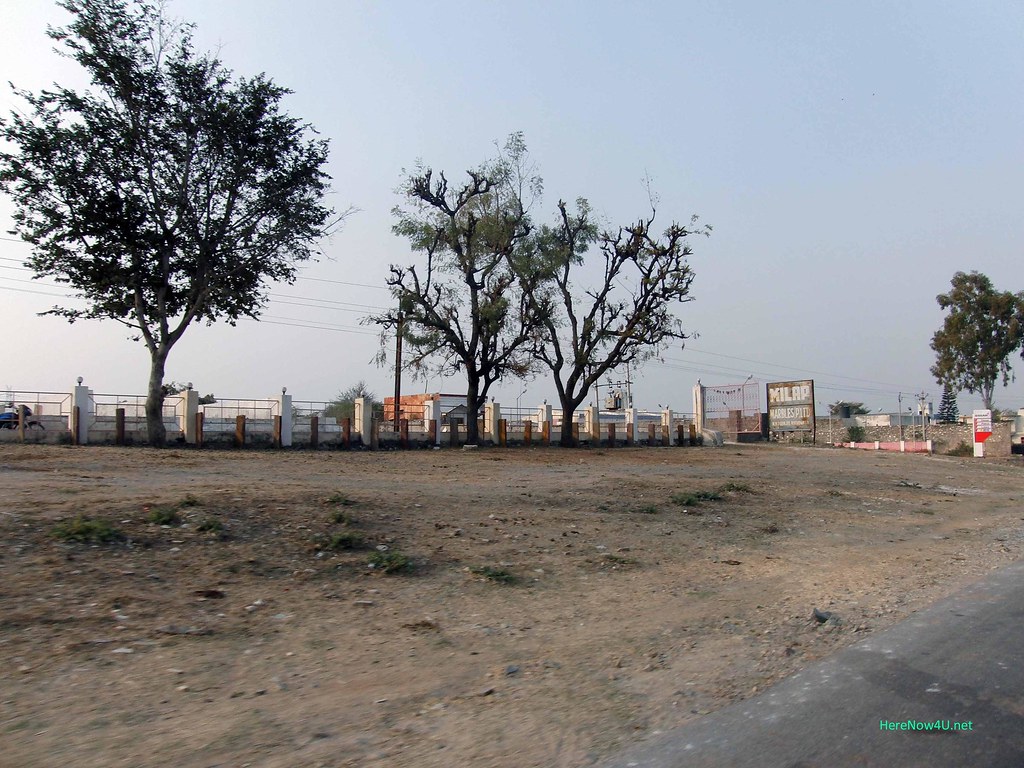
 All kind of marble processing along the whole distance of 55km.
All kind of marble processing along the whole distance of 55km.
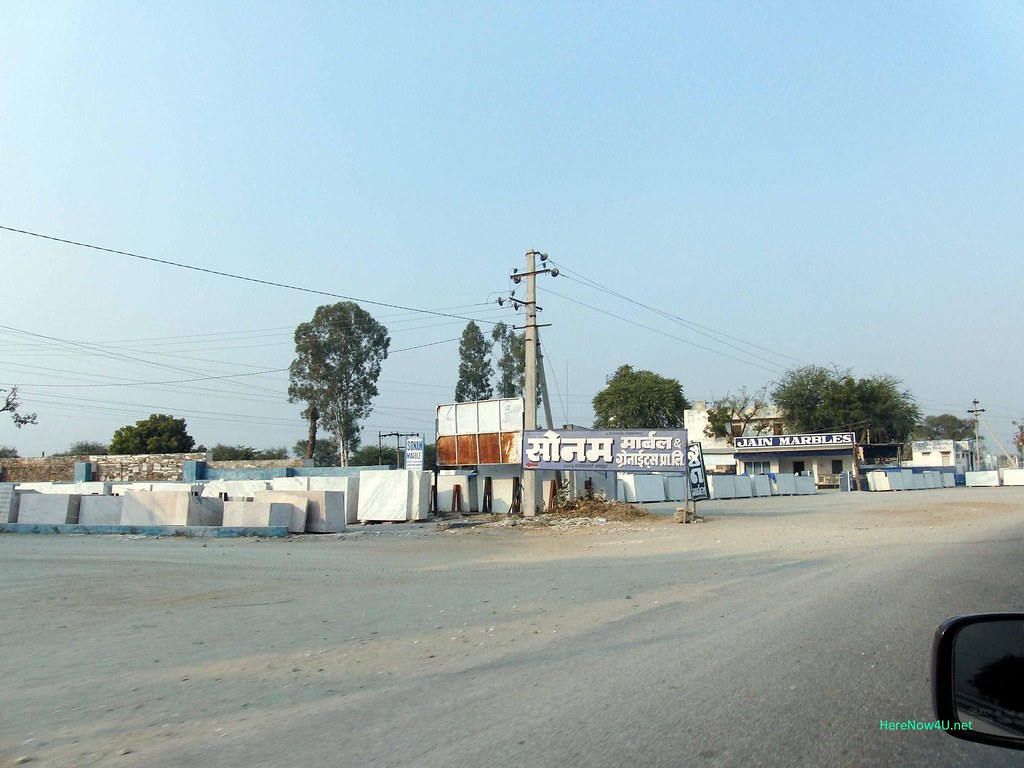 Jain Marble!
Jain Marble!

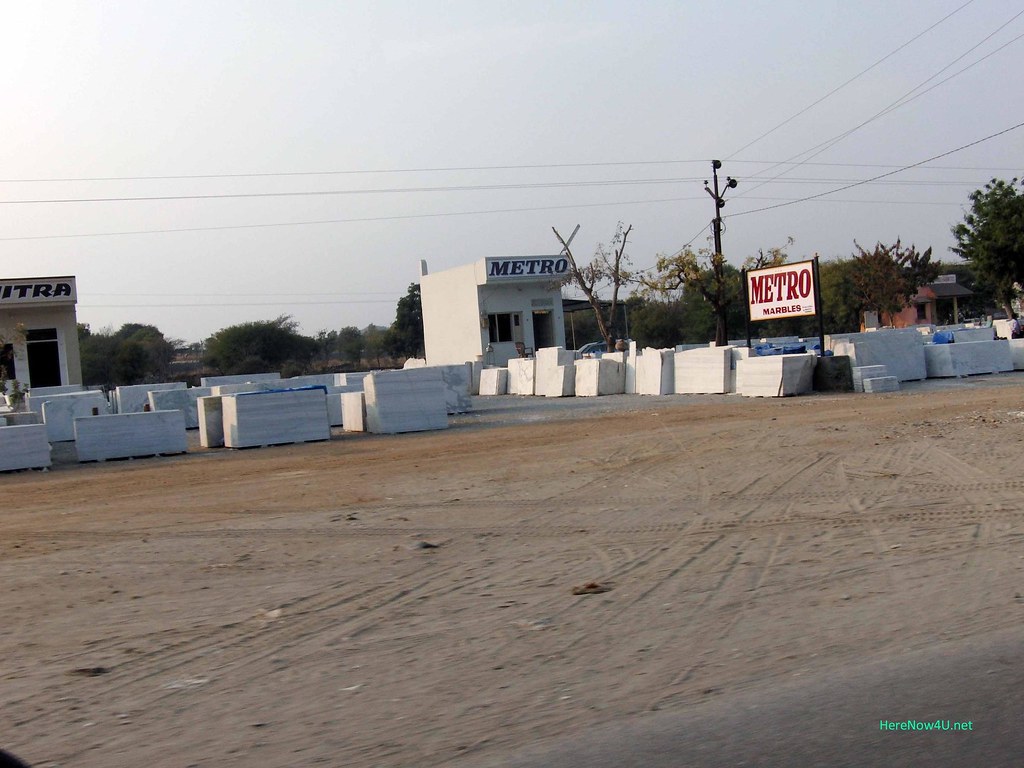
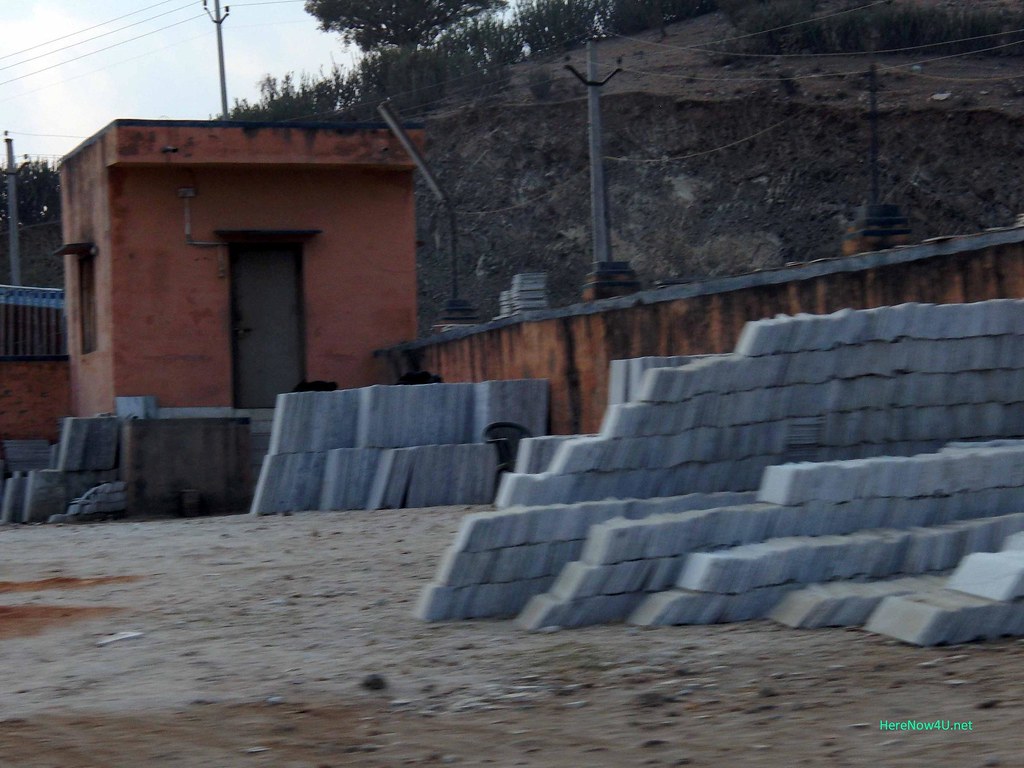 Marble panels ready for transport to customer
Marble panels ready for transport to customer
 Marble blocs and plates
Marble blocs and plates
 Olymp meets earth!
Olymp meets earth!
 Marble ashlars ready for further processing
Marble ashlars ready for further processing
 Seems like magical change from ashlar to plate.
Seems like magical change from ashlar to plate. Editor Carla Geerdes
Editor Carla Geerdes